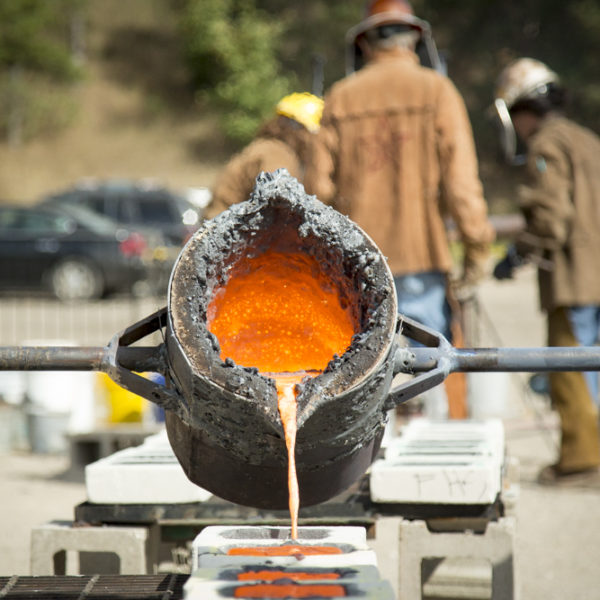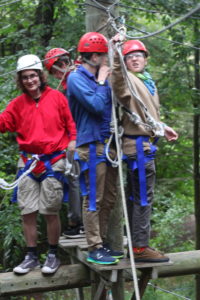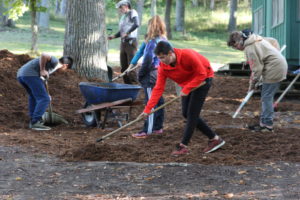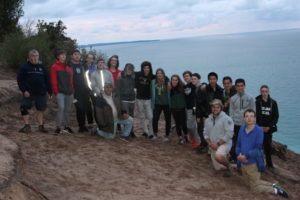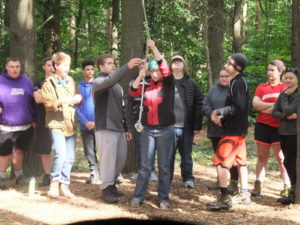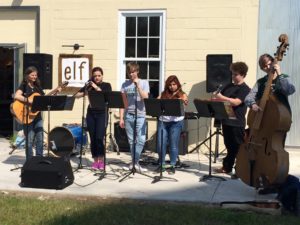Experiential Learning has always been at the heart of a Leelanau School education. Leelanau teachers are constantly looking for ways to purposefully engage with learners in direct experience and focused reflection in order to increase knowledge, develop skills, clarify values, and develop people’s capacity to contribute to their communities, which is how the Association of Experiential Education describes the philosophy.
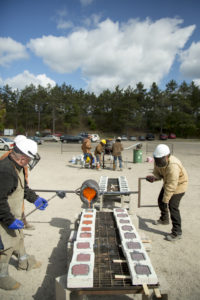
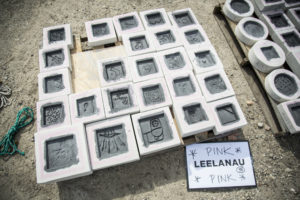
Recently Leelanau School students were given the unique opportunity to participate in a true multi-disciplinary experiential learning opportunity in collaboration with the Michigan Legacy Art Park at Crystal Mountain Resort. The event was actually directed by Leelanau’s own visual art instructor Kaz McCue, who also happens to be the Artistic Director of the Art Park. Kaz (as we lovingly refer to him) invited Marquette metal artist, Theresa Smith, the Artist-in-Residence for the Michigan Legacy Art Park, who has 22 years of experience with iron work, community projects, and art programs, to visit Leelanau and to introduce the students to the project and initiate the discussion.
As part of the creative process of creating a cast iron sculpture, scratch blocks were created where each student scratched designs into templates which were later poured with molten iron. One of our school values, “Stewardship” was particularly emphasized as students worked with donations of old radiators to break down for melting. This hands-on opportunity was the first step in the process of seeing junk transformed into art. The concept of recycle and re-use is one familiar to Leelanau students, but this project was a new experience.
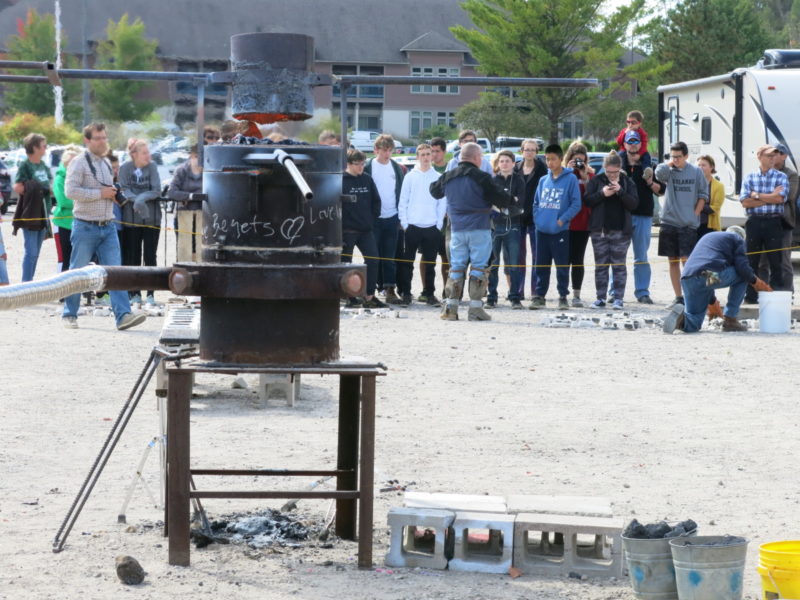 Students brought the novel project back to the classroom by choosing to focus their academic work on the following educational modules relative to this project: “Iron Ages: A History of Iron in Michigan and Beyond “ (history) taught by Joe and Elizabeth Blondia, “Having a Melt Down: An Exploration of Melting Points” (science) taught by Jay Meyers and Cris Pina, “Testing Your Metal: An Investigation of Metallurgy” (science) taught by Bruce Hood and Cris Pina, and “A Write to Own: Workshop a Creative Poem or Analyze the Mixed Self” (creative writing) taught by Tanya Firestone and Kim Speicher.
Students brought the novel project back to the classroom by choosing to focus their academic work on the following educational modules relative to this project: “Iron Ages: A History of Iron in Michigan and Beyond “ (history) taught by Joe and Elizabeth Blondia, “Having a Melt Down: An Exploration of Melting Points” (science) taught by Jay Meyers and Cris Pina, “Testing Your Metal: An Investigation of Metallurgy” (science) taught by Bruce Hood and Cris Pina, and “A Write to Own: Workshop a Creative Poem or Analyze the Mixed Self” (creative writing) taught by Tanya Firestone and Kim Speicher.
Finally, the process concluded with a trip to the Art Park at Crystal Mountain to spectate at the Iron Pour, where the iron was heated in a special furnace to 3,000 degrees and poured into molds. Following the pour, Leelanau students also got to tour the park, which features 50 outdoor sculptures and two miles of wooded hiking trails. 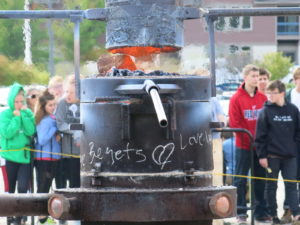
Read more about the Iron Pour at The Record Eagle.
Every fall when Leelanau School students arrive on campus for a new school year things start a little differently.
Rather than jumping right into academics, our students set off on outdoor adventures we call Exploratory Trips – a kick off to the upcoming year of Experiential Learning. These trips set the tone for what life at Leelanau will be like and allow students new and old to “experience” something together; something that will be built upon in the coming months and years.
Two of the themes that begin with Exploratory Trips and continue throughout the school year are “Council” and school values. We believe in the development of the whole person, not just a student’s academic skills, and as such, students participate in a tradition known as Council, which is a way to communicate, connect, and learn about one’s self, each other, and their place in the world. Additionally, during Exploratory Trips, students are introduced to Leelanau School values and become familiar with the norms and expectations of our community.
Community Core Values
Resilience Awareness Courage Leadership Stewardship Integrity Interconnectedness
This year each class participated in these amazing experiences:
Freshmen: Explore Yourself within The Leelanau School Community
Freshmen were introduced to Council during their Exploratory Trip which was to the Leelanau Outdoor Center (LOC). There they spent three days and two nights learning about each other and becoming familiar with the outdoor environment. The first night was spent in a cabin and the second night was spent tent camping. The LOC staff worked with faculty and students doing group initiatives, including a ropes course, and provided camping gear and tips on how to use it. The ninth grade faculty Council team was present at all times to help the students pack for the trip, provide support and encouragement, learn about each student as an individual, and provide supervision and support overnight.
Sophomores: Venture Forth into the Community: Leadership, Stewardship, Integrity.
Sophomores also spent their
Exploratory Trip at LOC and had a similar experience as the Freshmen. Some of the skills that our tenth graders worked to develop included thinking beyond one’s self, taking healthy risks, collaboration, and courage. Returning students lead discussions with new sophomores regarding ”doing Council”.
Juniors: Quest for Independence and Responsibility
Juniors set off on their trip to the Nordhouse Dunes Wilderness Area, where they spent three days and two nights hiking, canoeing, and camping along the dunes. Staff from LOC joined our faculty in working with the students doing group initiatives. The eleventh grade faculty Council team was present at all times to help the students pack for the trip, provide support and encouragement, learn about each student as an individual, and provide supervision and support overnight. Some of the skills the eleventh graders worked to develop included understanding and demonstrating one’s personal gift to the community, conscious awareness of self, and the development of leadership.
Seniors: A Time for Introspection
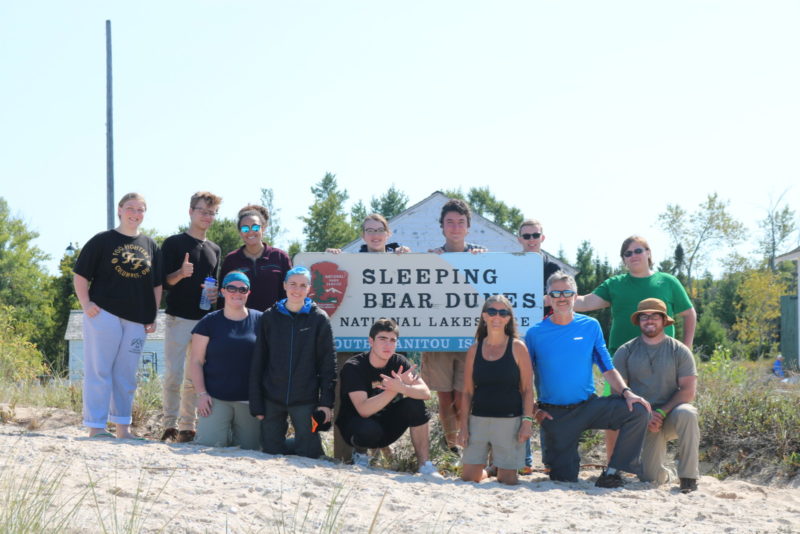
Seniors traveled to Leland and then boarded a ferry to South Manitou Island for their final Exploratory Trip. Once on the island they carried all of their gear and supplies in packs to their camping area where they spent three days and two nights. The twelfth grade Council team was present at all times to help the students pack for the trip, provide support and encouragement, learn about each student as an individual, and provide supervision and support overnight. The twelfth graders worked to ripen their awareness of self, make informed decisions, and realize individual potential and place within the community.
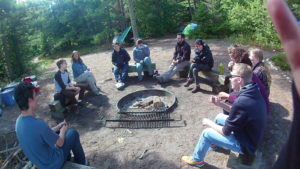

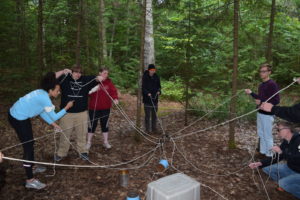
Here at The Leelanau School we couldn’t let the month of October – ADHD Awareness Month – go by without sharing some of the valuable strategies we have in place to ensure learning is a successful and joyful experience for students with ADHD.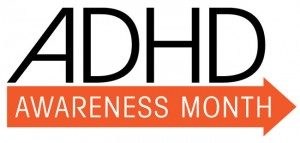
Like Dr. Hallowell, Best Selling New York Times author and world-renowned ADHD expert, says in his 20 Tips For Helping Kids With ADHD Succeed At School , “Most teachers and adults could benefit from pretending that all kids in their class have ADHD – what is good for kids with ADHD is good for all kids.”
We couldn’t agree more!
Here are five of our favorite strategies to help students, especially with ADHD, to thrive at school.
1 – All students benefit from activities that boost the brain body connection, ahem, enter Morning Energize. We start each school day with this knowledge in mind. Students engage in activities that awaken their bodies and brains which is proven to allow them to increase the capacity to enhance attention during the academic day.
2 – And then there are Small Classes, I mean, how could you go wrong with the individualized attention available with an average class size of 6? Not to mention the personal relationships that are fostered in a setting where people are able to speak to each other and get to know each other.
3 – How about the energy and nutrients that students consume. Healthy food is brain food. Fresh, whole foods, prepared from scratch both nourish the mind and soul. Super healthy and diverse meals and snacks throughout the day help to fuel all of the wonderful learning being done.
4 – And then there is sleep. Sleep you say? Why would a school mention sleep when referring to learning? Well, we know that students who get a good night’s sleep are better equipped to focus. That is focusing on work, listening, interactions – everything. Our Residential Life Faculty creates an environment that encourages the right amount of sleep. In the evening students transition into low lights, with lights dimmed and screens put away.
5 – Lastly, we help our student’s with ADHD be organized. Not everyone does this in the same way, but they do it in some way. And we help them find the way that suits them best. Breaking assignments down, using planners, scheduled check- ins with teachers in the Learning Commons, and with other Academic and Residential Life Faculty assures no one falls through the cracks and things get done.
At The Leelanau School we already have the Awareness that ADHD can be tricky and sometimes down right hard, but we also know it can be a gift – A gift of intelligence, creativity, passion, and exuberance that can be channeled in a multitude of ways to allow for amazing things to be accomplished.
As a music teacher at the The Leelanau School for 23 years, one of my goals in this very special community is to make music a part of everyone’s life.
Whether as a guitar student in one of my classes, as a songwriter in winter term, or simply as someone who sings at the top of their lungs while walking from class to class – I feel that music lifts each soul.

